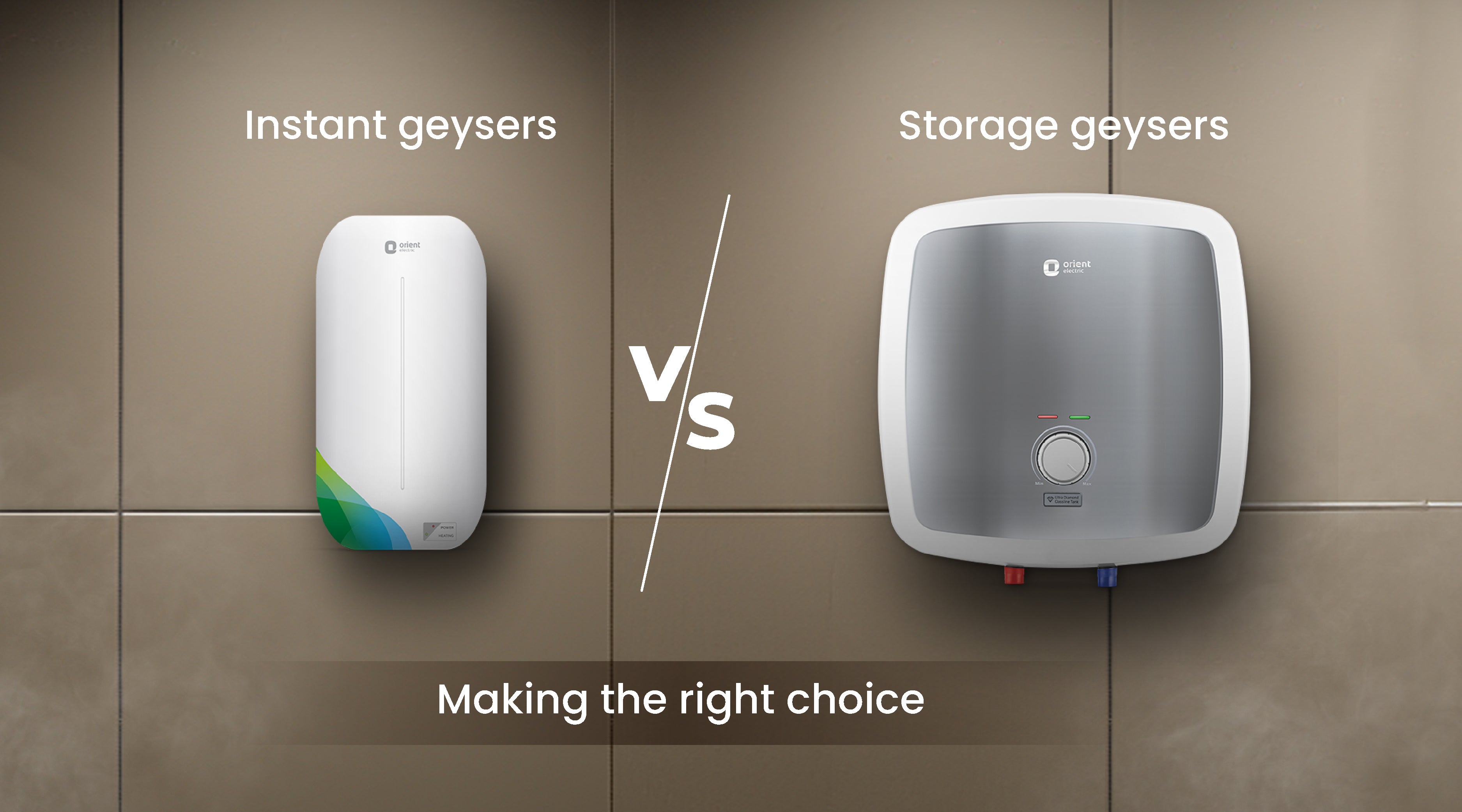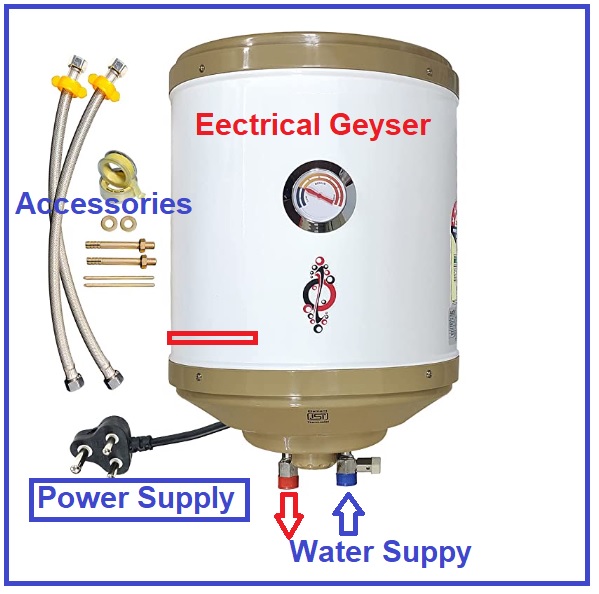Tank sizes vary based on storage.
Tank sizes vary based on storage.
Blog Article
How to Choose the Right Geyser to Optimize Power Effectiveness in Your Home
Choosing an energy-efficient geyser is not as uncomplicated as it appears, calling for careful evaluation of various elements. From recognizing the different kinds of hot springs, to assessing their energy efficiency rankings and considering positioning approach, each choice plays a crucial function in making the most of performance. Stabilizing the initial financial investment with long-lasting savings is also important. Allow's start this trip to uncover exactly how to make the most informed selection for a geyser that will lower your power bills while making sure optimum efficiency.

Recognizing the Different Kinds Of Geyser
While there are numerous types of geysers offered on the market, understanding the distinctions in between them is crucial for energy performance (geyser sizes). The very first kind, storage hot springs, are the most typical and store warm water in a storage tank for usage when needed. They are available in various abilities and are usually energy-efficient, yet they can shed heat when not being used
The second type is the tankless geyser, which heats water as needed, bring about much less power waste however requiring a greater initial power draw. Third, there are heat pump hot springs that use electrical power to relocate heat from one place to one more as opposed to generating warm straight. They can be a couple of times more energy efficient than conventional storage space geysers. Solar geysers utilize solar power to warm the water, making them the most energy-efficient but also the most pricey.
Analyzing Your House's Warm water Demands
Before diving right into the acquisition of a geyser, it is essential to evaluate the warm water needs of your house. This assessment should consider numerous aspects including the number of household members, frequency of hot water use, and the variety of hot water outlets in the home (geyser sizes). A little family with occasional hot water use may need a smaller, less powerful geyser compared to a larger family members with numerous everyday warm water needs
The type of devices that need hot water additionally play a substantial role. Dish washers and washing devices, as an example, may call for more warm water than a simple shower or cooking area sink. Moreover, certain tasks such as showering or cleaning also influence the frequency and volume of hot water needed.
Examining Power Efficiency Ratings of Geyser
Having actually assessed the warm water demands of your family, it is necessary to transform your focus to the energy performance ratings of hot springs. These scores, typically offered as Power Variable (EF), suggest a hot spring's general power efficiency based upon the quantity of hot water created per device of fuel taken in over a regular day. The greater the EF, the more effective the water heater.

Factors To Consider in Geyser Dimension and Positioning
Beyond energy effectiveness ratings, the size and positioning of your geyser are crucial elements to think about. The dimension of the geyser must straighten with your family's warm water demands. A little geyser may utilize less energy however might not provide sufficient warm water for numerous usages at the same time, whereas a bigger system can satisfy better demand however might take in even more power.
Positioning also influences power efficiency. Hot springs must be installed close to factors of use to reduce warm loss throughout water transportation. A centrally situated geyser can service numerous locations efficiently. Furthermore, considering thermal insulation, a hot spring located in a warmer area sheds much less warm and as a result utilizes much less energy to keep the water temperature.
Expense Analysis: Balancing First Investment and Long-Term Financial Savings
While size and positioning most certainly play considerable functions in a geyser's energy performance, one have to not overlook the monetary aspect. When thinking about the preliminary financial investment, the price of energy-efficient geysers can be greater than standard designs. The increased ahead of time price can be visit this site countered by lasting energy financial savings, making it a rewarding financial investment in the long run (geyser sizes).
Evaluating long-lasting cost savings requires an understanding of the geyser's power score. A home appliance with a higher ranking will certainly take in much less energy, converting to reduced utility costs with time. Additionally, government motivations and discounts for energy-efficient appliances can also assist recoup initial costs.
Lastly, upkeep and lifespan should be factored in. Energy-efficient geysers often have much longer lifespans and reduced upkeep costs, adding to general savings. When balancing initial financial investment and long-lasting savings, one should take into consideration not only the purchase cost however also energy consumption, federal government motivations, and upkeep prices.

Final thought
These include recognizing the types of geysers, assessing your household's hot water needs, evaluating energy performance scores, and computing price advantages. The best geyser size, positioning, and insulation can dramatically reduce you could look here power costs and environmental influence.
Report this page